Apple Mac Mini (2018) review: Apple’s smallest desktop system gets a long-overdue upgrade
New hardware and a redesigned chassis bring the beloved Mac Mini into 2018
Better late than never, this 2018 update breathes new life into the Mac Mini, retooling it as an entry-level workstation for creative and professional users.
-
+
Compact, slimline design; Quad-core and six-core CPU options; Good connectivity; T2 chip provides encryption and video-encoding features
-
-
No discrete GPU; No expansion slots; No keyboard, mouse or monitor
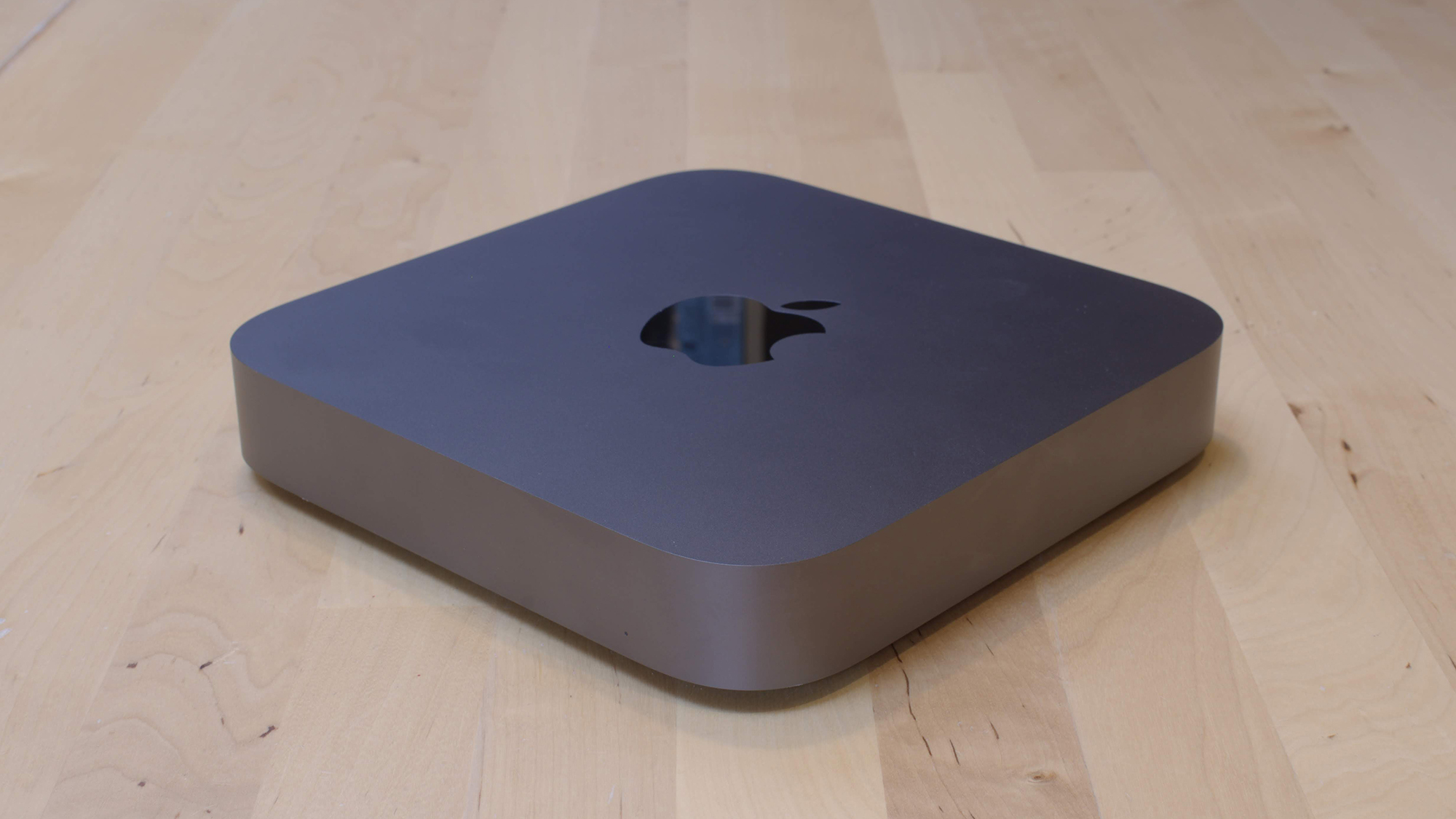
The Apple Mac Mini (2018) from an angle
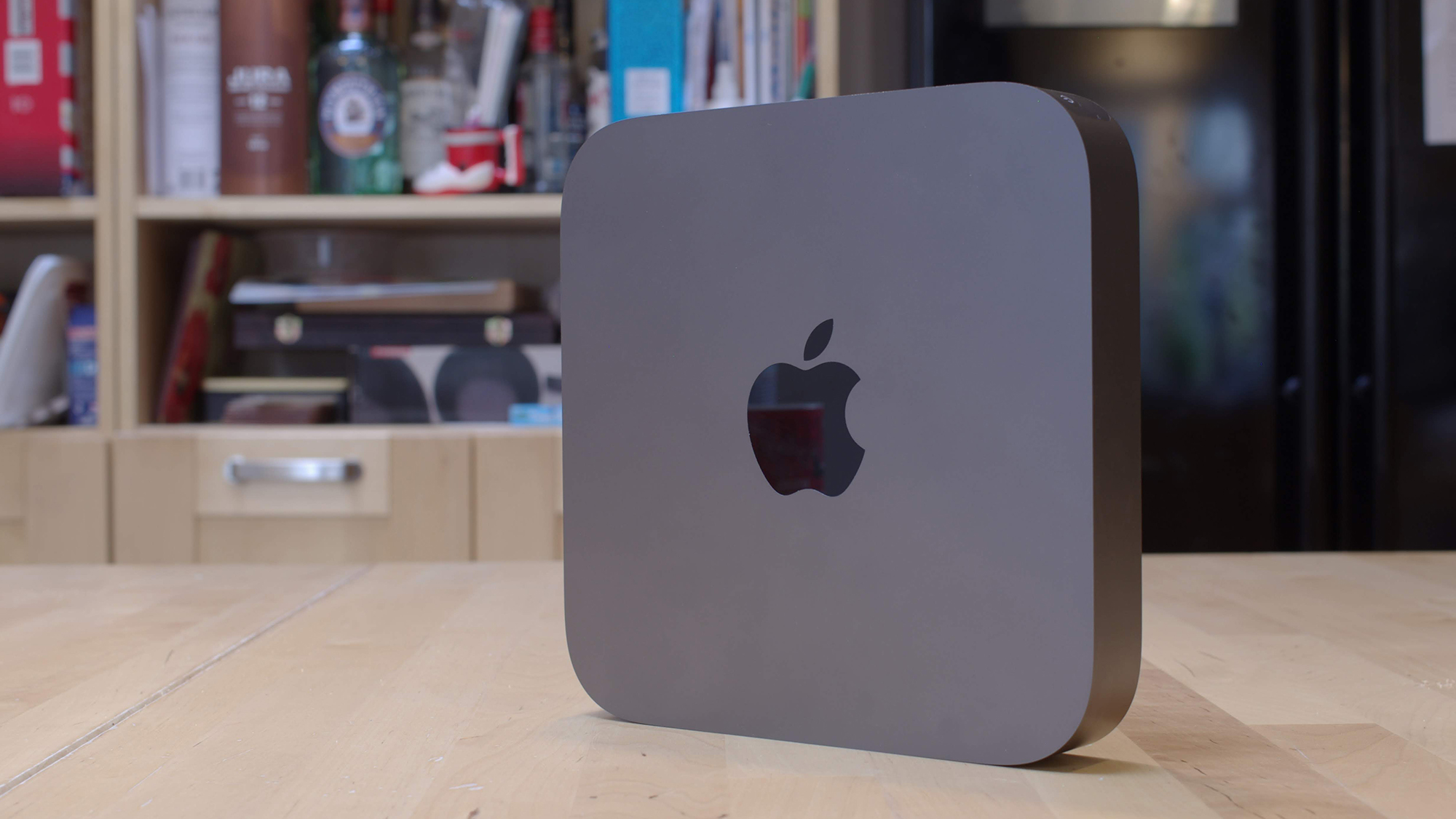
The Apple Mac Mini (2018) stood up at an angle
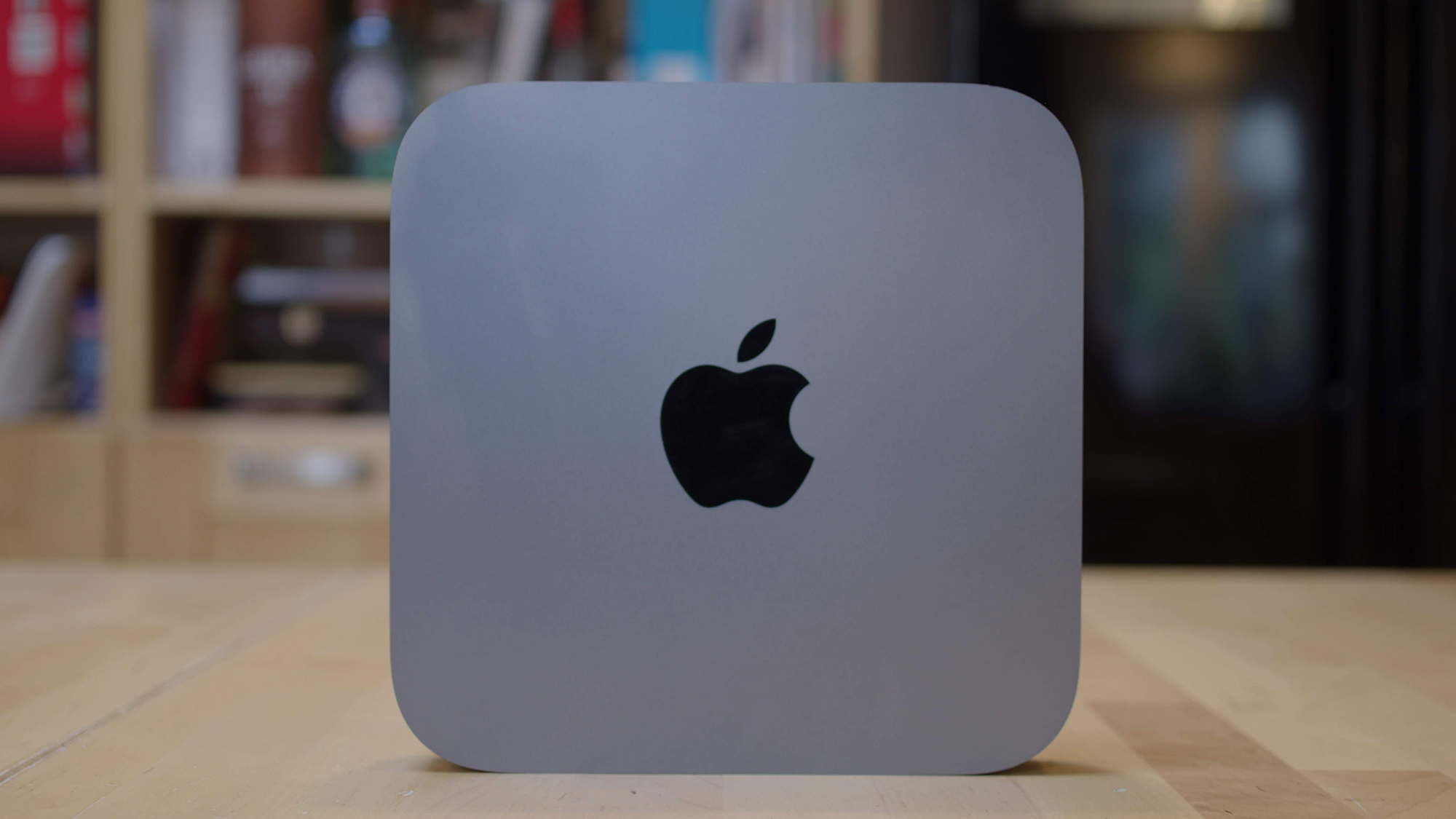
The Apple Mac Mini (2018) stood up from the front
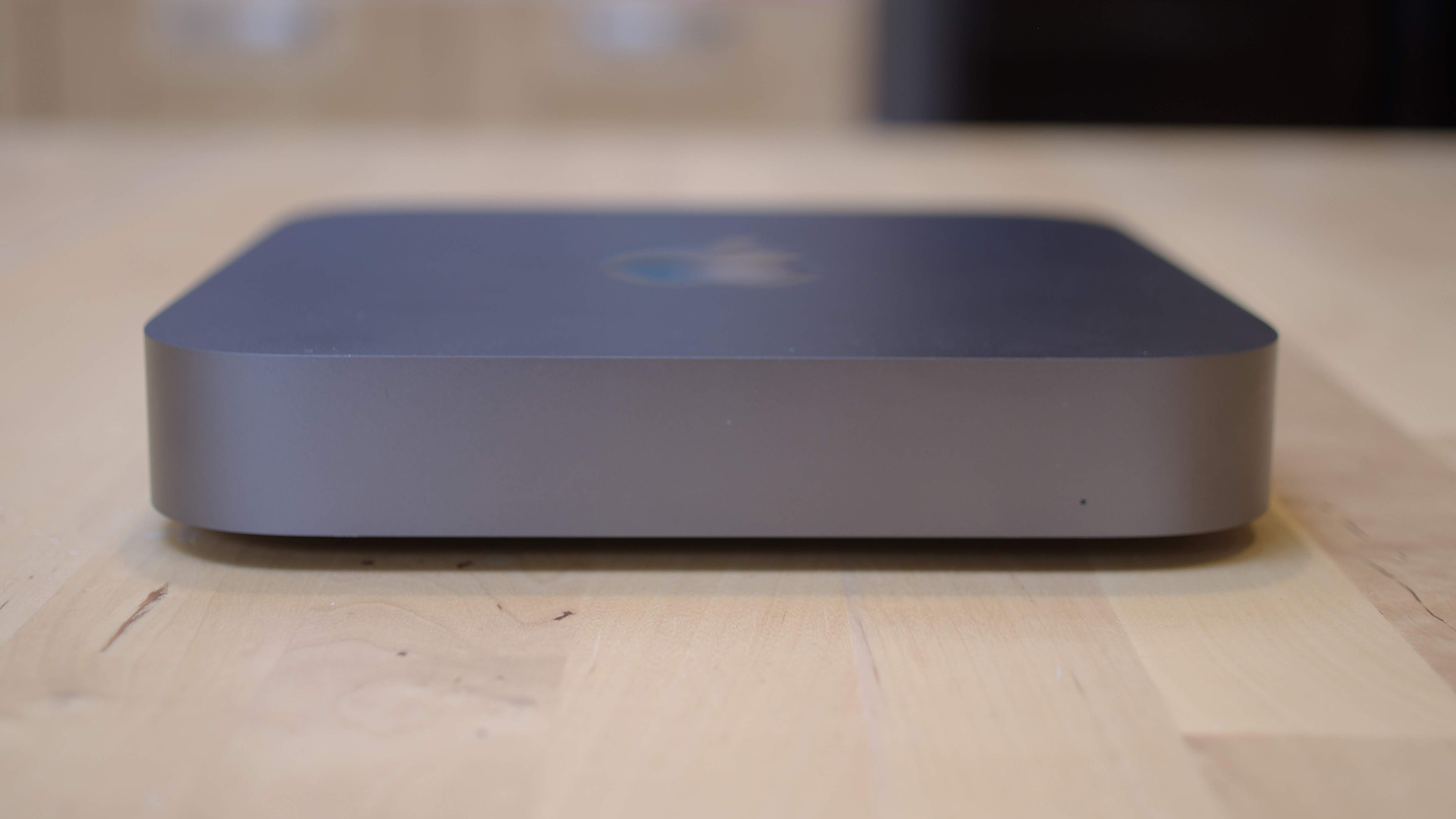
The Apple Mac Mini (2018) seen from the side
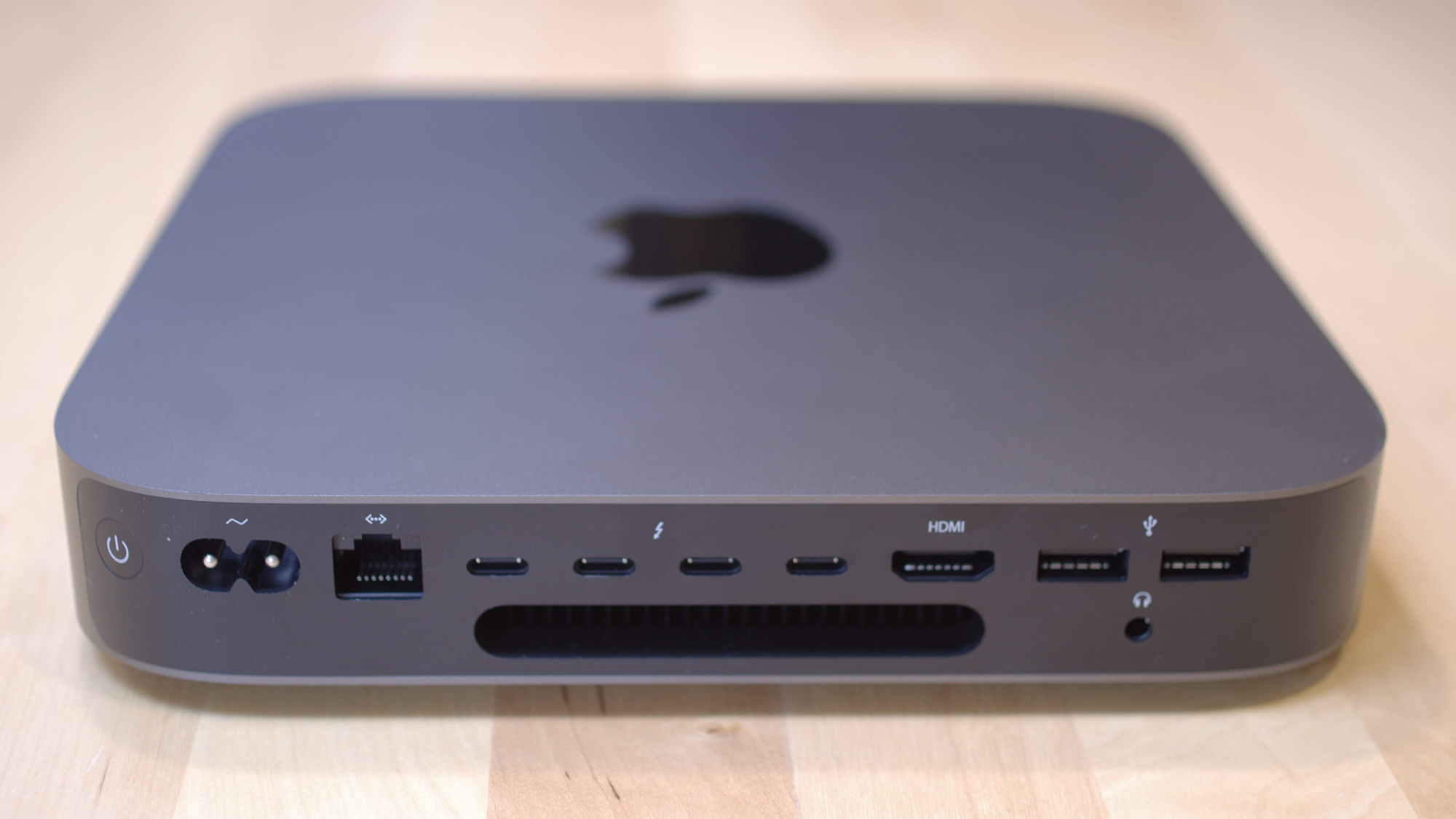
The Apple Mac Mini (2018)'s rear ports
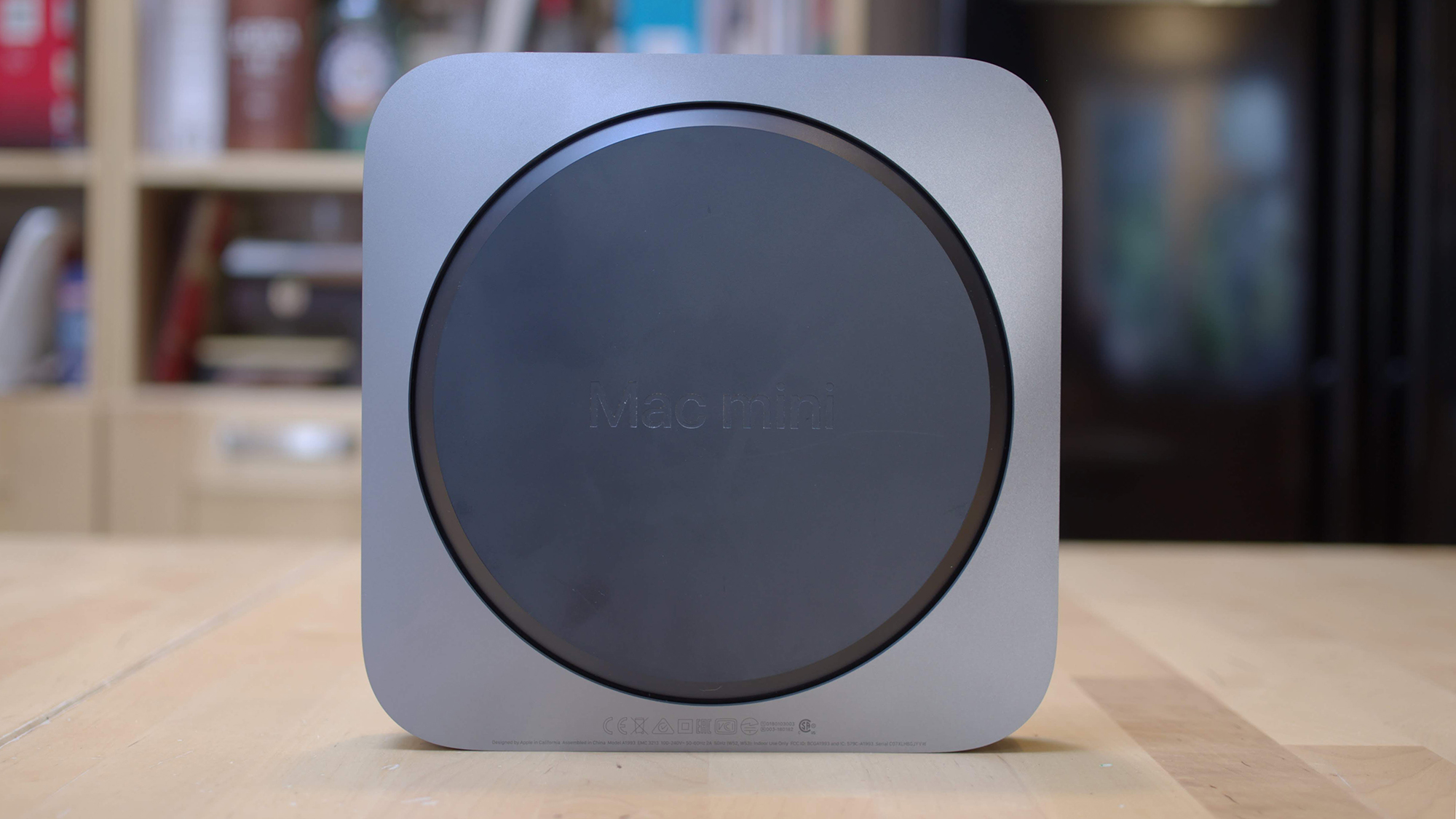
The underside of the Apple Mac Mini (2018)
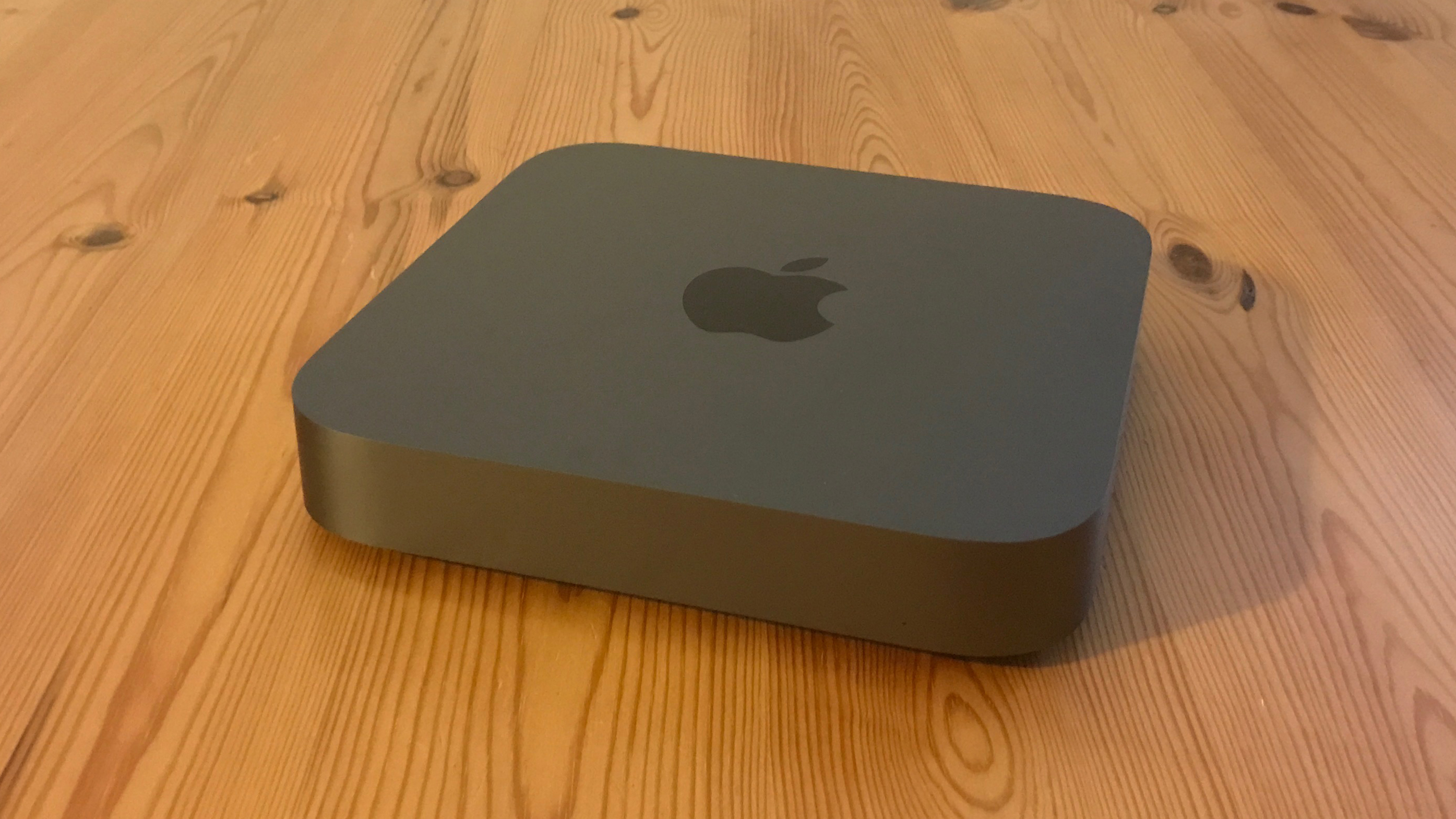
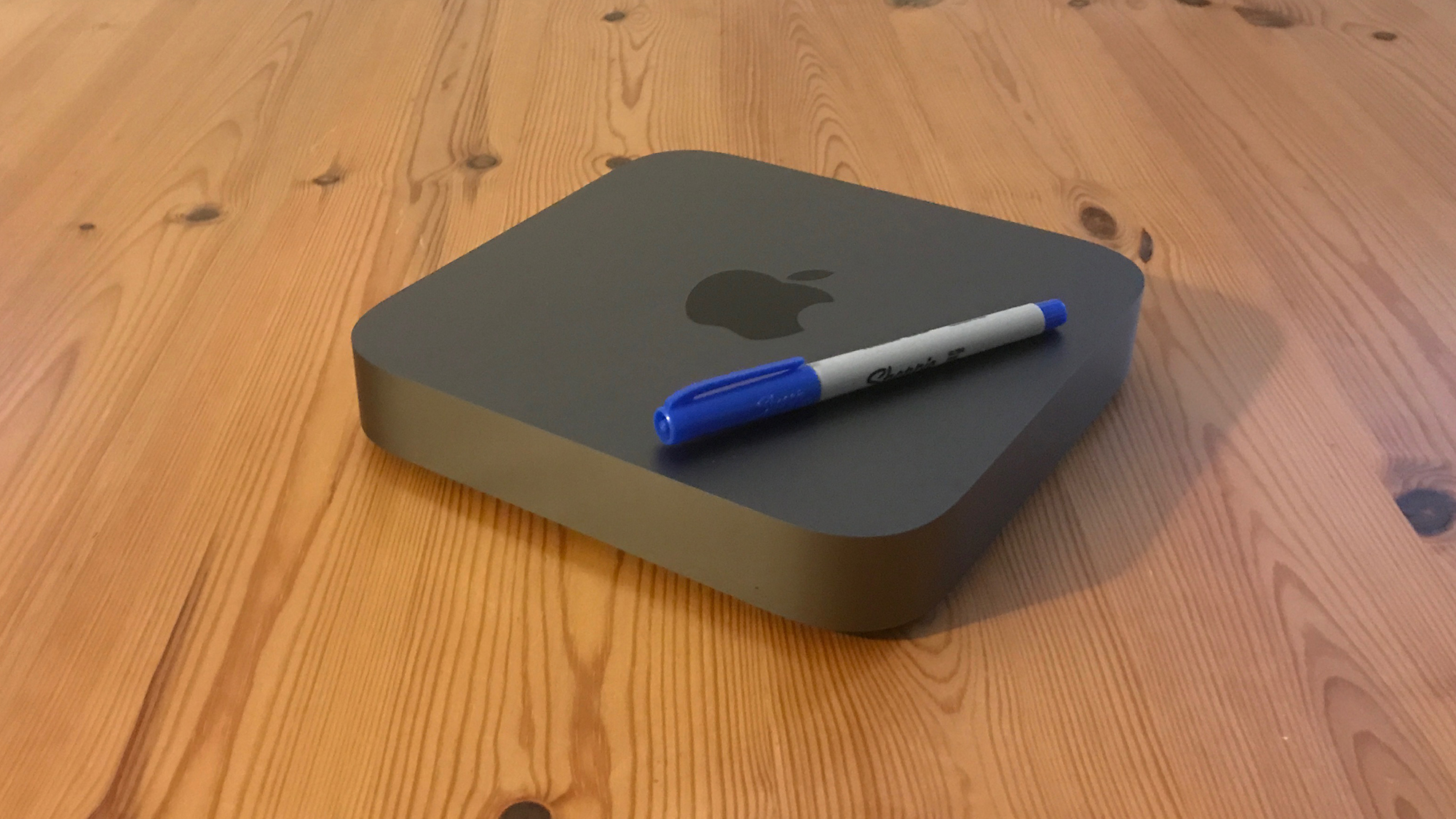
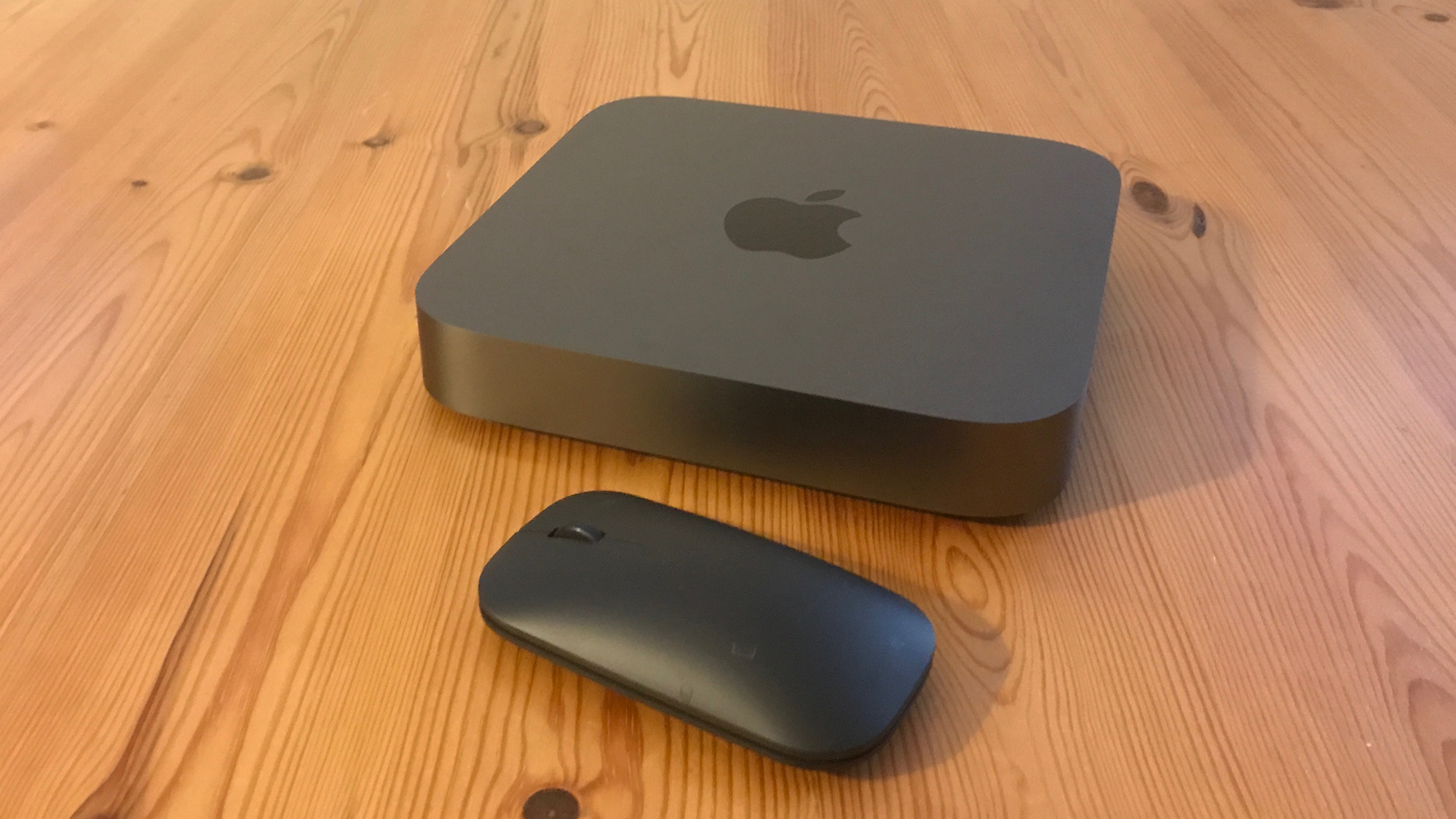
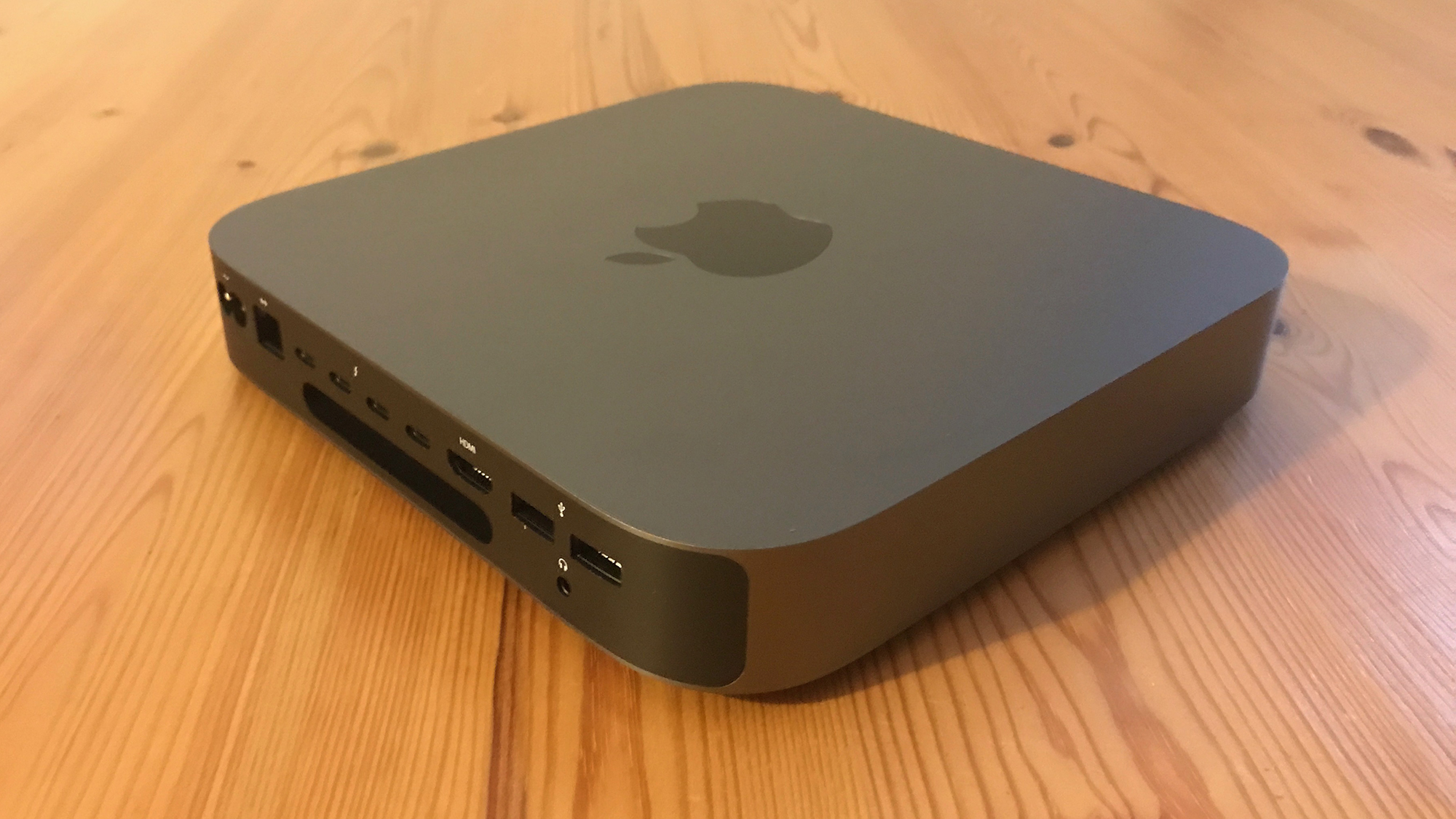
Like the iMac, the Mac Mini was originally conceived by Steve Jobs as an 'affordable' Mac that would help to boost Mac sales at a time - before the advent of the all-conquering iPhone - when Apple was really on the ropes. Of course, now that it's a trillion-dollar company, Apple doesn't really do 'affordable' any more. But while the iMac has been moved steadily upmarket in recent years, culminating in the workstation-class iMac Pro, it seemed as though the Mac Mini had been left to wither on the vine.
There have been no updates to the Mac Mini since 2014, and with laptops now providing the bulk of Mac and PC sales, it has long been thought that the Mac Mini might simply be allowed to fade away. But, recognizing that not all users need a high-end system such as the iMac, with its expensive Retina Display, Apple has finally given the Mac Mini an overhaul that is clearly aimed at professional and creative users.
Apple Mac Mini (2018) review: Design
The external design of the Mac Mini hasn't changed, with its sleek aluminium casing still standing a mere 1.4in high (36mm) and measuring 7.7in (197mm) on each side. There's still nothing quite like that slim, low-profile design available from any of its Windows rivals, although the Mac Mini has clearly been an influence on small-form-factor systems such as HP's Z2 Mini. It will certainly appeal to image-conscious businesses that want to make a good impression in reception areas, executive desks and meeting rooms.
And while the Mac Mini's dimensions remain the same, this revamp telegraphs its new focus by changing the colour of the unit to the sobre 'space grey' shade that Apple usually reserves for its pro desktop and laptop systems. There have been more significant changes on the inside too, aimed at boosting performance in order to appeal to creative and professional users. Previous models were limited to modest dual-core processors, but the 2018 version of the Mac Mini now boasts both quad-core and hexa-core configurations capable of tackling a variety of professional design applications. The greater power of those processors required a redesign of the Mac Mini's cooling system, and Apple says that the new cooling system doubles the airflow through the unit - yet the top-of-the-range Mac Mini that we review here ran impressively cool and quiet throughout our tests.

And, somewhat surprisingly, Apple even allows user-upgrades for the internal memory, up to a maximum of 64GB. You'll need to be pretty handy with a Torx screwdriver, but it is now possible to remove the base of the unit, along with a few wires and connectors along the way, in order to reach the two SO-DIMM slots. That's a welcome option, given Apple's traditionally expensive memory upgrades, and the fact that many recent Mac models have had their RAM soldered onto the motherboard.
Apple Mac Mini (2018) review: Ports and features
Apple has beefed-up the Mac Mini's connectivity features as well. It now boasts two USB 3.0 ports, as well as four Thunderbolt 3 ports, HDMI 2.0 and Gigabit Ethernet (with an option to upgrade to 10Gb Ethernet). It even retains ye olde 3.5mm audio connector for headphones or a set of external speakers.
Apple's build-to-order options only allow for solid-state storage - up to 2TB - but that selection of ports provides plenty of scope for adding more affordable external storage if required. The HDMI port supports a single 4K display, but it's also possible to add one 5K display or two 4K displays via USB-C (sadly, the 'target display' mode that made it possible to connect the Mac Mini to the display of an iMac is no longer available).
The Mac Mini also gains Apple's custom T2 chip, which provides AES-256 encryption for your data, as well as handling additional chores such as HEVC video encoding. The T2 also handles Siri voice commands on other recent Mac models, although that's not an option with the Mac Mini as it doesn't include an internal microphone (or webcam).
Apple Mac Mini (2018) review: Specs and hardware
There are two standard configurations available for the Mac Mini on Apple's web site, starting at 666 exc VAT with a quad-core i3-8100 running at 3.6GHz, along with 8GB DDR4 memory and modest 128GB solid-state drive. Remember, though, that the price of the Mac Mini doesn't include a mouse, keyboard or monitor. That entry-level model should be perfectly adequate for running Microsoft Office and general web browsing, and will probably find its way into quite a few homes and offices.
For more demanding tasks, the second option is a six-core model, based on an i5-8500 running at 3.0GHz, 8GB memory and 256GB SSD, costing 916 exc VAT. However, there's also a third CPU option available as a build-to-order upgrade -- and included in our review unit - that steps up to a six-core i7-8700B running at 3.2GHz (up to 4.6GHz with Turboboost). With 16GB of memory and 256GB storage, this model weighs in at 1,191 exc VAT.

As always, Apple provides a variety of rather expensive memory and storage upgrades, with a top-of-the-range Mac Mini costing 3,141 exc VAT with an i7 processor, 64GB memory and 2TB SSD. That's obviously taking the Mac Mini out of 'affordable' territory, but at least this new design provides some scope for users to choose more affordable memory and storage upgrades for themselves.
However, even with all those upgrade options thrown in, the Mac Mini still relies on Intel's integrated graphics processor - a UHD 630 with 1.5GB video memory for our i7 review unit. There are no build-to-order options for an internal GPU upgrade, and Apple is increasingly promoting third-party external GPU devices - such as the BlackMagic eGPU - as the only real graphics upgrade for many Mac models.
Apple Mac Mini (2018) review: Performance
The six-core processor in our review unit doesn't lack raw horsepower though, achieving a GeekBench score of 6056 for single-core performance and an impressive 27,639 for multi-core performance. That actually nudges slightly ahead of the GeekBench score of the top-of-the-range 15in MacBook Pro with an i9 processor that costs twice as much as the Mac Mini (albeit, of course, with its integrated Retina Display). The solid-state drive is another good performer, gliding along at a smooth 2,720MB/sec and 2,865MB/sec for read and write speeds respectively.
But while the 15in MacBook Pro boasts a discrete Radeon Pro 560X, the Mac Mini's reliance on integrated graphics means that graphics performance is more modest. It achieves a score of 47.8fps in the Cinebench graphics benchmarks, which is barely half the 106fps of the 15in MacBook Pro - although it is still ahead of the 13in version of the MacBook Pro, whose own integrated graphics scores around 40fps.
On the Windows side of the fence, HP offers a similarly priced version of its Z2 Mini with a discrete Nvidia Quadro M620 - although at that price the Z2 Mini does rely on an older quad-core version of the i7 processor, so the Mac Mini can still hold its head up thanks to the sheer strength of its CPU performance.

The performance of the Mac Mini's integrated GPU doesn't tell the whole story either, as Apple claims that the HEVC encoding supported by the T2 chip is a full 30 times faster than the previous generation of Mac Mini. That will certainly appeal to professional video-editors who need a more affordable editing solution than the iMac Pro, which starts at 4,083 exc VAT. Even so, the lack of expansion slots in both the iMac Pro and Mac Mini continues to highlight the clear gap in Apple's professional product range that exists while it attempts to design an entirely new generation of Mac Pro desktops.
Apple Mac Mini (2018) review: Verdict
The entry-level, quad-core version of the Mac Mini might not be the cheapest desktop PC available, but it will certainly appeal to business users who want a compact, space-saving system capable of handling Microsoft Office and other productivity software. But it's the six-core models that take the 2018 edition of the Mac Mini into new territory, providing enough raw horsepower to handle a variety of creative and design software - further boosted by the video-encoding prowess of Apple's T2 chip. The lack of a discrete GPU will deter some users, but if you're looking for a compact computer that can pack a big punch then the new Mac Mini has a lot going for it.
Verdict
Better late than never, this 2018 update breathes new life into the Mac Mini, retooling it as an entry-level workstation for creative and professional users.
CPU: 6-Core Intel Core i7-8700B @ 3.2GHz
GPU: Intel UHD 630 (integrated)
RAM: 16GB
Storage: 256GB SSD
Screen: not included
Dimensions: 36x197x197mm
Weight: 1.3kg
Get the ITPro daily newsletter
Sign up today and you will receive a free copy of our Future Focus 2025 report - the leading guidance on AI, cybersecurity and other IT challenges as per 700+ senior executives
-
 ‘Phishing kits are a force multiplier': Cheap cyber crime kits can be bought on the dark web for less than $25 – and experts warn it’s lowering the barrier of entry for amateur hackers
‘Phishing kits are a force multiplier': Cheap cyber crime kits can be bought on the dark web for less than $25 – and experts warn it’s lowering the barrier of entry for amateur hackersNews Research from NordVPN shows phishing kits are now widely available on the dark web and via messaging apps like Telegram, and are often selling for less than $25.
By Emma Woollacott Published
-
 Redis unveils new tools for developers working on AI applications
Redis unveils new tools for developers working on AI applicationsNews Redis has announced new tools aimed at making it easier for AI developers to build applications and optimize large language model (LLM) outputs.
By Ross Kelly Published
-
 Google layoffs continue with "hundreds" cut from Chrome, Android, and Pixel teams
Google layoffs continue with "hundreds" cut from Chrome, Android, and Pixel teamsNews The tech giant's efficiency drive enters a third year with devices teams the latest target
By Bobby Hellard Published